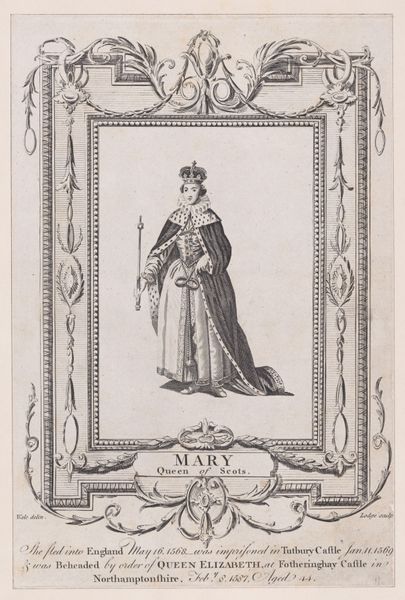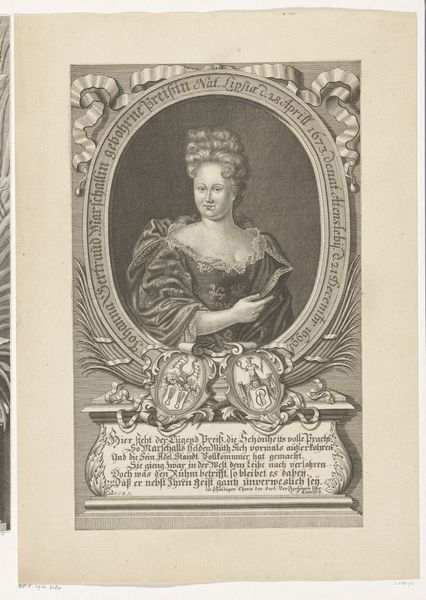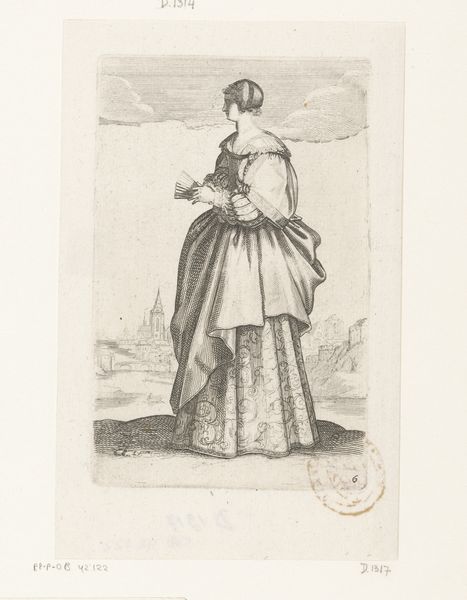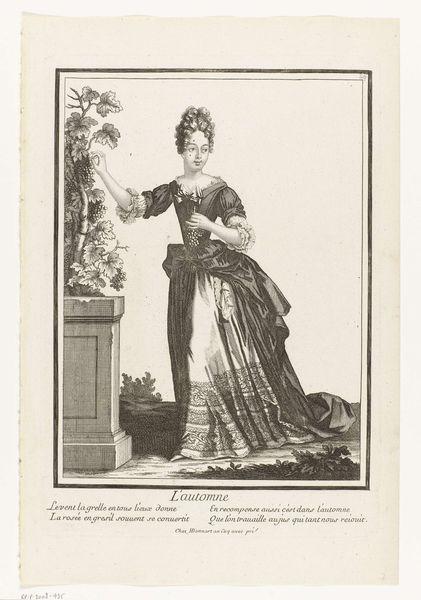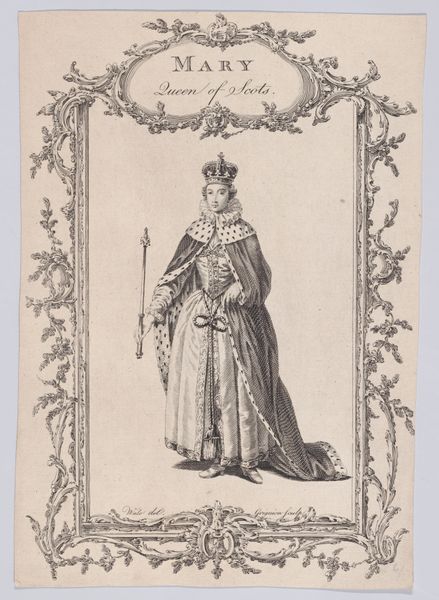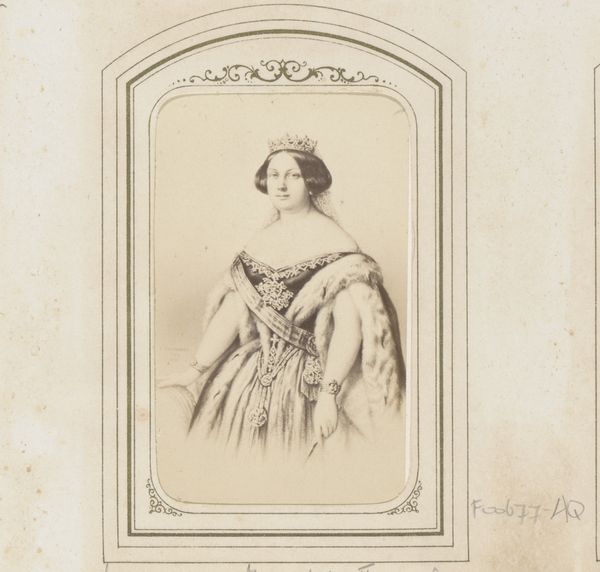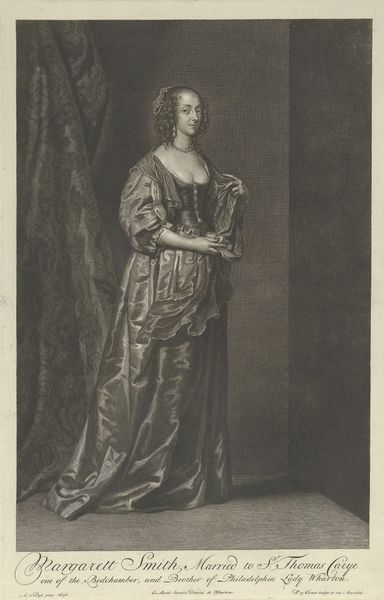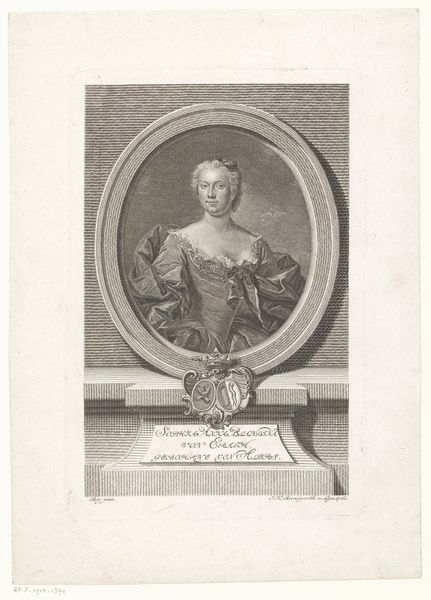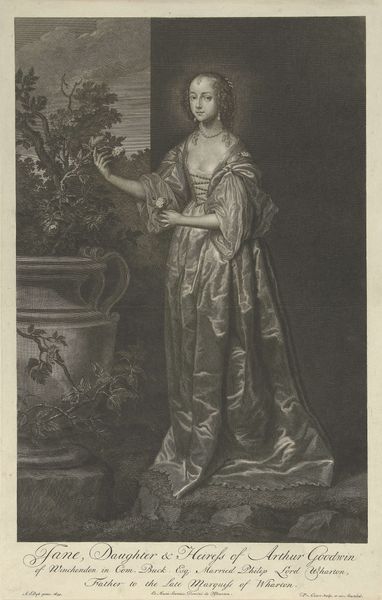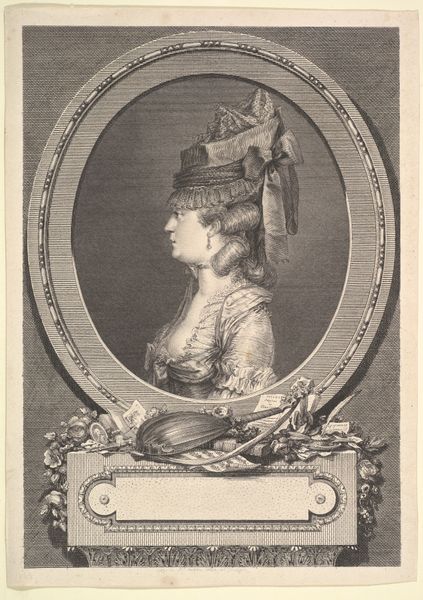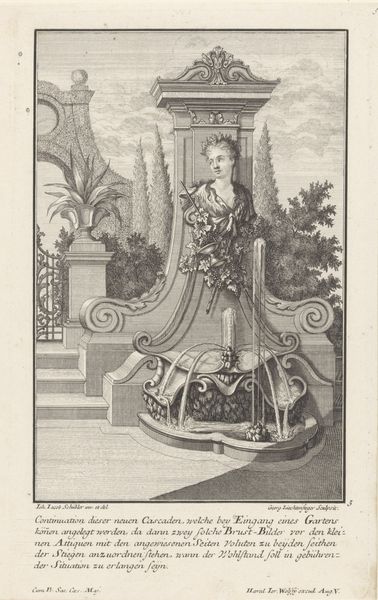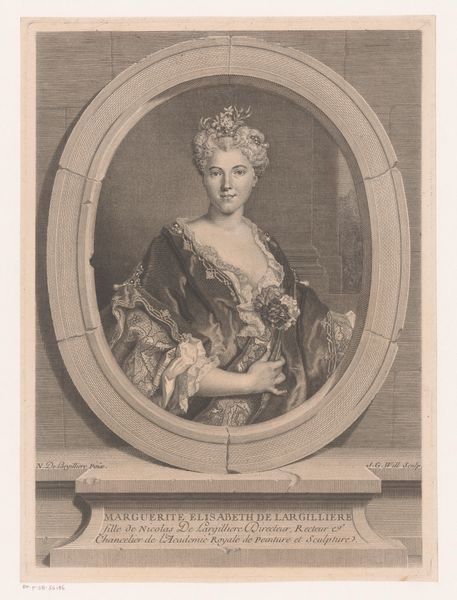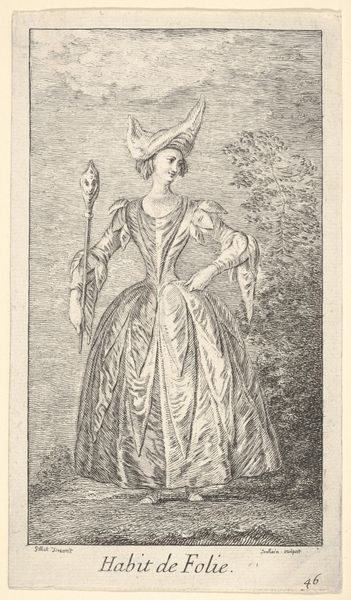
Mary, Queen of Scots (from "A New and Authentic History of England") 1772 - 1784
0:00
0:00
drawing, print
#
drawing
#
light pencil work
#
quirky sketch
# print
#
pencil sketch
#
old engraving style
#
personal sketchbook
#
idea generation sketch
#
sketchwork
#
pen-ink sketch
#
men
#
sketchbook drawing
#
sketchbook art
Dimensions: Sheet: 14 3/16 × 8 1/8 in. (36 × 20.7 cm)
Copyright: Public Domain
Editor: This is "Mary, Queen of Scots," a print by Charles White, dating between 1772 and 1784. It feels very formal and stately, but almost like a mass produced version. What stands out to you about this print? Curator: It’s interesting that you pick up on that tension between the regal subject and the medium. As a materialist, I see this print first as a *product* of a specific social and economic system. Look at the inscription: "Engraved for Russel's History of England." Editor: Yes, I see it. It looks like the printing was very important to illustrate History. Curator: Exactly. So, we must consider: Who was Russel? Who was buying this "History of England"? What was the role of visual media in constructing national narratives at this time? The very act of reproducing Mary, Queen of Scots, via print flattens and commodifies her image. What do you notice about the materials themselves? The lines are clean, precise – almost clinical. What kind of labor would it take to create this? Editor: Now that you point it out, it feels much more calculated, not romantic. The clean lines must've been printed precisely on the printing machine. It is a crafted and engineered object. Curator: Precisely! This challenges our notions of "high art." Is the value of this piece determined by White's artistic genius, or by its function within a larger system of production and consumption? The answer to who could afford this print speaks volumes too, about power and wealth during this period. Editor: This makes me consider the very means through which history is created and disseminated. It is no longer solely about the Queen’s regality, but a lens into society's workings at that time. Thanks for opening up a whole new perspective! Curator: Indeed. Considering the print as an object of labor transforms it from a simple portrait into a complex document of social history.
Comments
No comments
Be the first to comment and join the conversation on the ultimate creative platform.
